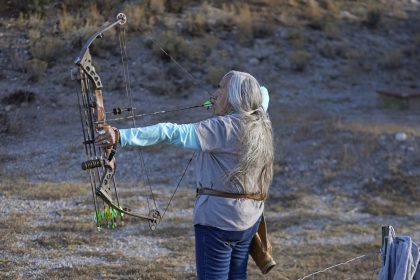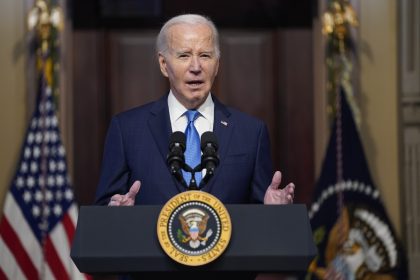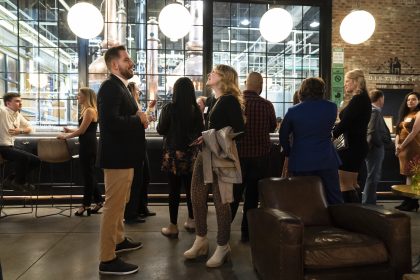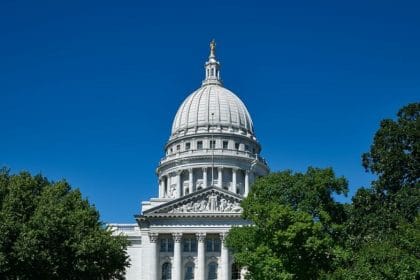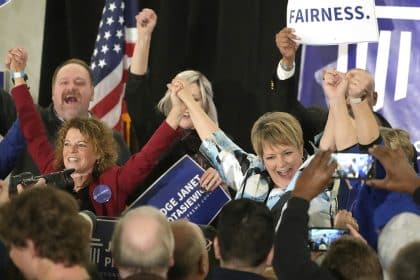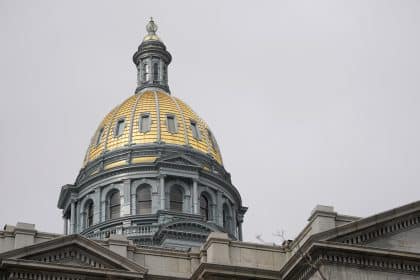Governors Brace for ‘New Normal’ as They Take Steps to Kick-Start Economies
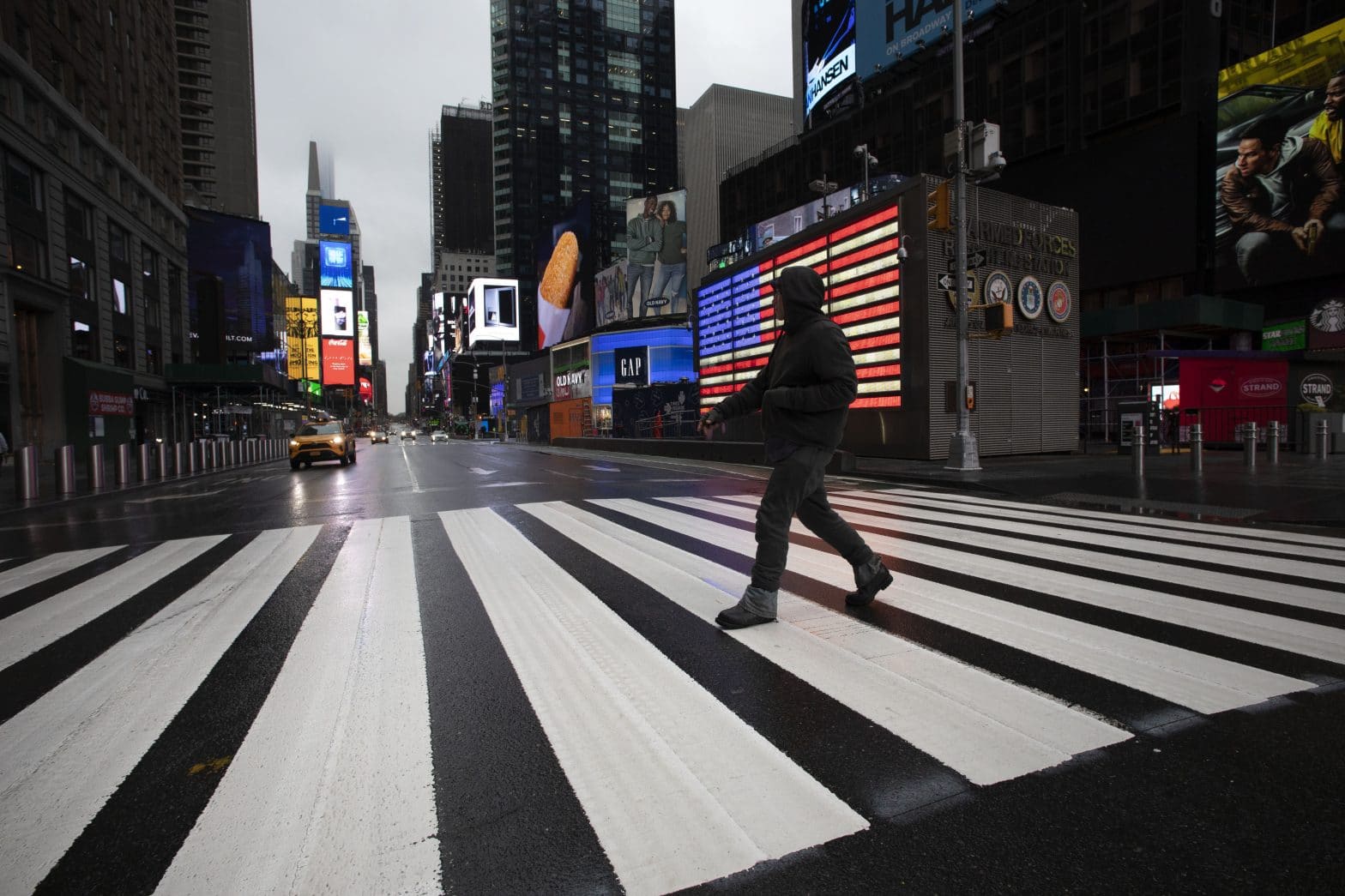
WASHINGTON – Ahead of an expected White House announcement on the easing of restrictions meant to curb the spread of the COVID-19 virus, governors across the nation are preparing for a “new normal” that will be quite different from the business as usual that existed before the pandemic.
On Tuesday, New York Gov. Andrew Cuomo announced he will sign an executive order requiring all people in the state to wear a mask or face covering even as businesses gradually reopen.
“If you are going to be in a situation, in public, where you come into contact with other people in a situation that is not socially distanced you must have a mask or a cloth covering nose and mouth,” Cuomo said.
The governor said the policy could remain in effect until a COVID-19 vaccine is available, something that could take 12 to 18 months.
As a result he said, any kick-starting of the economy that begins in the next few weeks will not be reopening “what was,” he said. “We’re going to a different place.”
There are currently more than 625,000 confirmed cases of the coronavirus in the United States, with nine of the 10 most impacted counties being in the New York metropolitan area.
While the outbreak appears to be leveling off, Cuomo said there are roughly 2,000 new cases confirmed in the state every day.
“It’s over when people know they are 100% safe and don’t have to worry about this [anymore],” Cuomo said in answer to a reporter’s question.
“When does that happen? When we have a vaccine,” he said. “Until you have a vaccine, until you have the medical treatment, what do you do? How are you building the bridge? Well, it’s going to be a phased reopening.”
In order to ensure businesses in the state are opened in as safe a fashion as possible, the governor has hired high-powered consultants to develop a science-based plan for the economic recovery.
As part of Cuomo’s effort, McKinsey & Company is producing models on testing, infections and other key data points that will underpin decisions on how and when to reopen different segments of the state’s economy.
He’s also reached out to three former aides, asking them to come back and lend their expertise to the effort.
These include Steven Cohen, an executive vice president and CEO of MacAndrews & Forbes Inc.; Bill Mulrow, a senior adviser at Blackstone Group; and Larry Schwartz, currently a deputy Westchester County executive.
Cuomo isn’t alone in his concerns about reopening the economy and potentially making matters worse than they are now.
He is one of seven governors from the East Coast who formed a coalition this week to devise a joint reopening plan. Three governors from the West Coast formed a similar plan.
The 10 states, mostly led by Democrats, together make up just under 40% percent of the U.S. economy.
In Maryland on Wednesday, Gov. Larry Hogan also issued an executive order relating to face masks and face coverings, mandating that they now be worn when people are inside retail stores, such as grocery stores or when riding public transportation in the state.
“While this order is an important step in our immediate efforts to protect public health and safety, the wearing of masks is also something that we may all have to become more accustomed to in order to safely reopen our state,” said Hogan, who is also chairman of the National Governors Association.
The executive order, which goes into effect Saturday morning, also requires staff at businesses to wear face coverings and requires those businesses to put appropriate social distancing measures in place.
Face coverings need to fully cover a person’s nose and mouth and can include scarves and bandanas, according to the order.
As Hogan spoke, the number of confirmed coronavirus cases had just surpassed 10,000, but like Gov. Cuomo, he said the number of news cases appears to be slowing.
He also said he planned to speak with D.C. Mayor Muriel Bowser and Virginia Gov. Ralph Northam, about further coordinating regional efforts to combat the virus.
Bowser has extended the city’s social distancing order through May 15 and issued an order directing grocery stores to require that customers wear face masks.
Northam has extended Virginia’s stay at home order through May 8.
In North Carolina, Gov. Roy Cooper is also grappling with hope to ease restrictions across his state and allow his residents to adjust to what he too is calling the “new normal.”
“This virus is going to be with us until there is a vaccine, which may be a year or more away,” Cooper said Wednesday. “That means that as we ease restrictions, we are going to enter a new normal. We want to get back to work while at the same time preventing a spike that will overwhelm our hospitals with COVID-19 cases.”
The governor suggested any “new normal” could include partially-full restaurants and concerts and sporting events without audiences in the name of social distancing and safety.
As of Thursday morning, North Carolina had 5,340 confirmed cases of the coronavirus, and 130 deaths.
Like his fellow governors, Cooper says shutting down nonessential businesses and asking residents to abide by a stay-at-home order has helped flatten the curve on the spread of the virus.
He also acknowledges such efforts are only sustainable for so long, but he continues to insist that for business and schools to reopen, a number of things still have to happen.
The first is for COVID-19 testing and antibody tests to become more widely available, something he said the state’s Health and Human Services Secretary, Dr. Mandy Cohen, is working on.
The next thing is stepping up the tracking of the virus as new cases emerge. No current statewide initiative in this regard is in place, but the governor said this week he hopes to partner with local hospitals to locate people who have been in contact with patients who have tested positive for the virus.
Finally, Cooper said he wants to see coronavirus trends in the state — in terms of new cases, hospitalizations, deaths and recoveries — “move in the right direction.”
Cooper reiterated that while the state shut down quickly, it must reopen slowly.
“Experts tell us it would be dangerous to lift our restrictions all at once. Rather than an on/off light switch, we are viewing this as a dimmer switch that can be adjusted incrementally,” he said. “I know the changes that we’ve all made in our lives seem to have happened very quickly, but undoing those changes won’t happen as fast. To protect our health and long-term economic prosperity, we have to act with care, rather than haste.”


















